In Besançon, a city in eastern France, chamois can be seen in the middle of the city. During a conference I was attending, I took the time one afternoon and one morning in April 2024 to find them. Not a lot of time, you might think, but enough to have at least seven different encounters, watch a donkey chase away a herd of chamois and hear about a jogger getting a beating from a chamois.
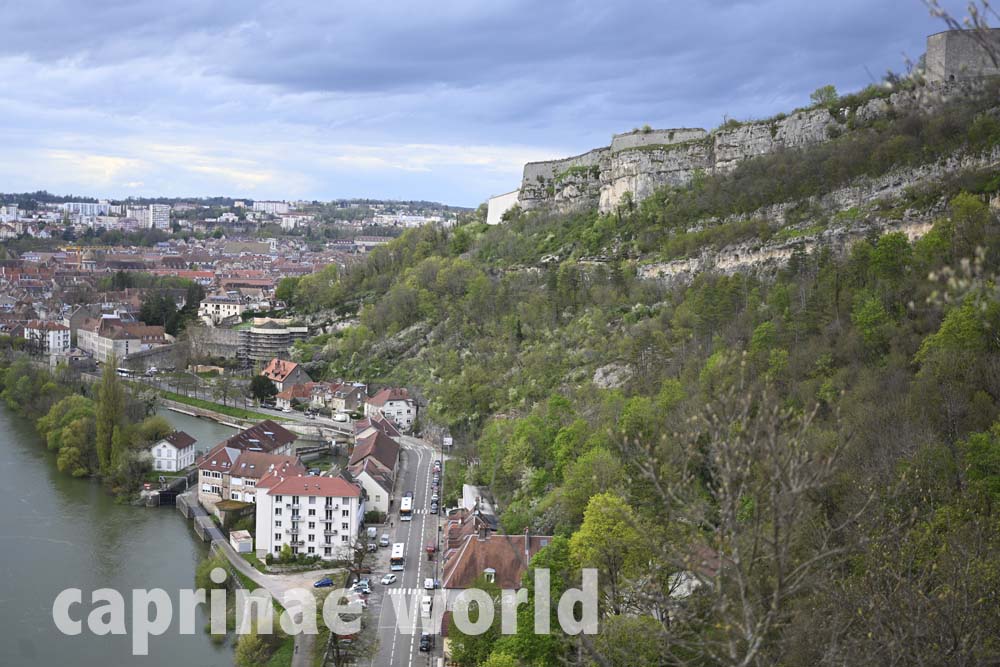
Named the “greenest city in France” (Wikipedia), Besançon is located at a bend in the Doubs River on the northern edge of the French Jura. It lies at river level at just 235 metres. Chamois are widespread in the Jura. Since the river cuts deeply into the Jura limestone, the banks of the Doubs are particularly suitable as habitat for chamois – which also applies to steep bank areas within Besançon.
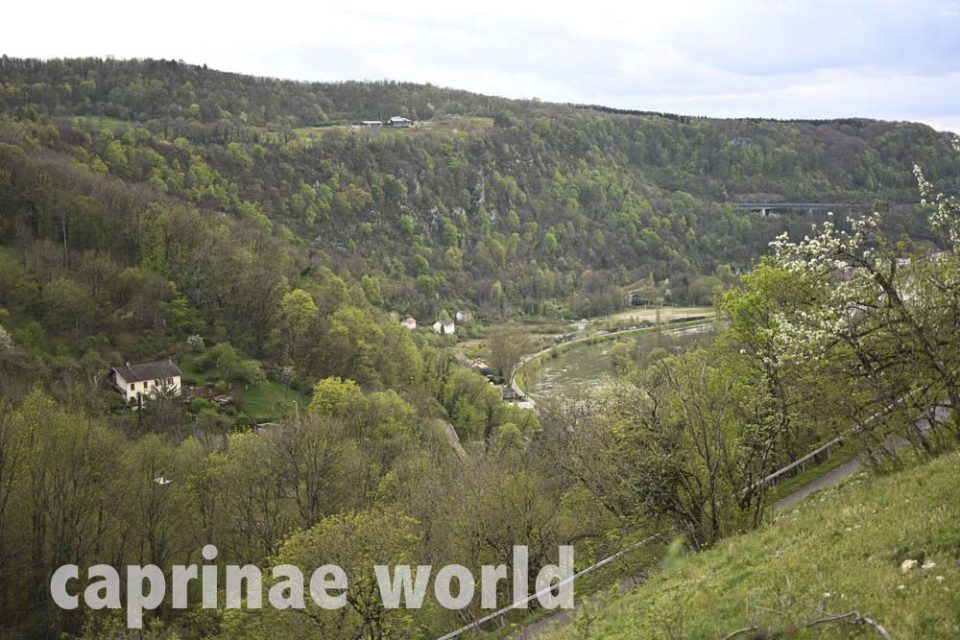
Besançon is easy to reach. The picturesque city lies on the Rhine-Rhône axis, an important connection route between the North Sea and the Mediterranean. This means that if you travel through Germany to reach the south of France or Spain, Besançon is on your route. The French capital Paris is 327 kilometers away (as the crow flies).
I leave the road at the base of the citadel in a curve at 47,22676°, 6,03424° and climb a little down the slope on a nature path to be able to see what‘s going on between the rocks. After just ten meters I meet a chamois that calmly walks a few steps further and then stands for a long time in the bushes. Panic is something else. Finally it moves further down.
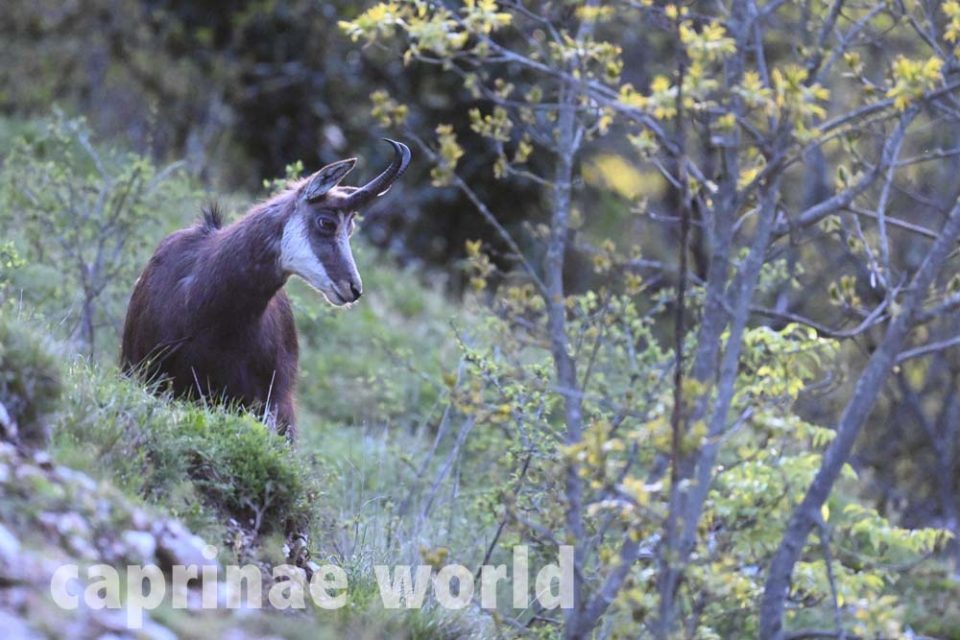
Where did it go? I go back onto the street and down into a residential area that is below the viewpoint. In fact I find the animal there again. It has laid down on a narrow strip between a natural stone wall and in front of the fence of a garden. It looks out onto the property with the house and is clearly visible from there. The proximity to the anthropogenic structures doesn’t seem to bother the animal.
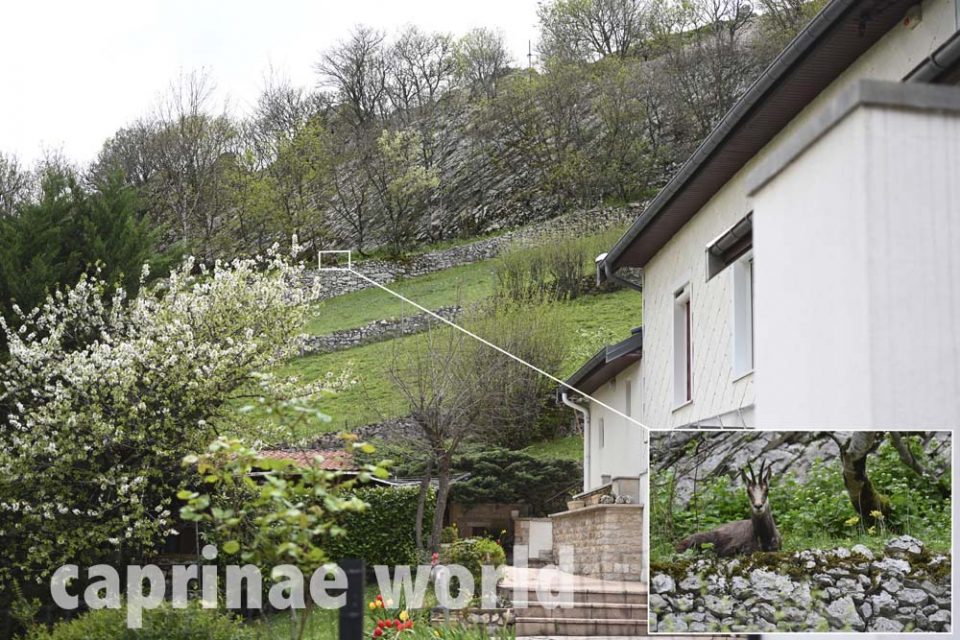
And if something bothered it, it would – typical chamois – be safe with a few jumps in the rock wall behind. This is how chamois have found their way to safety for thousands of years – not running far away, but climbing where no one can follow. The strategy worked until humans developed long-range weapons. The fact that a chamois here is obviously using old methods could mean that it is safe from hunters here in the city. Later, Tony Souvignet, the deputy director of the “Parc zoologique du Muséum” in Besançon, tells me that in France you have to keep a minimum distance of 150 metres from the nearest house to hunt with firearms.
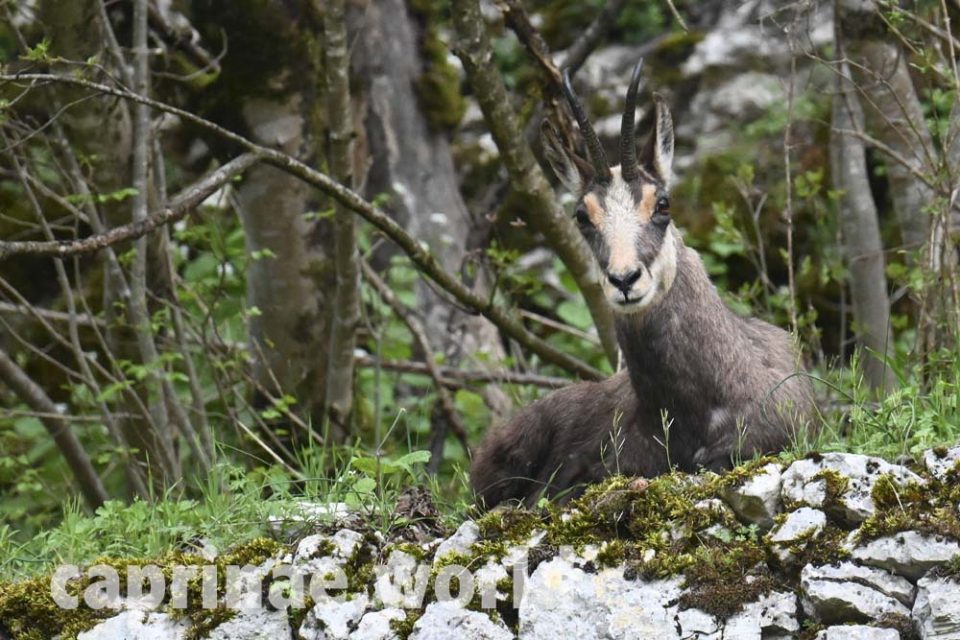
The next morning I look over the railing at the starting point and ten metres below I startle a single chamois, presumably the animal from the day before. It seems like it was still asleep and obviously spent the night here. It jumps up in shock, but then calmly leaves. I turn and look up the road that leads to the citadel. There are two more chamois here, a female with a young. I approach them calmly. When I get too close, they flee downwards. You can’t go any further up because the citadel wall serves its purpose there as always and doesn’t let anyone go further. By now I already know that it is not uncommon to come across chamois here.
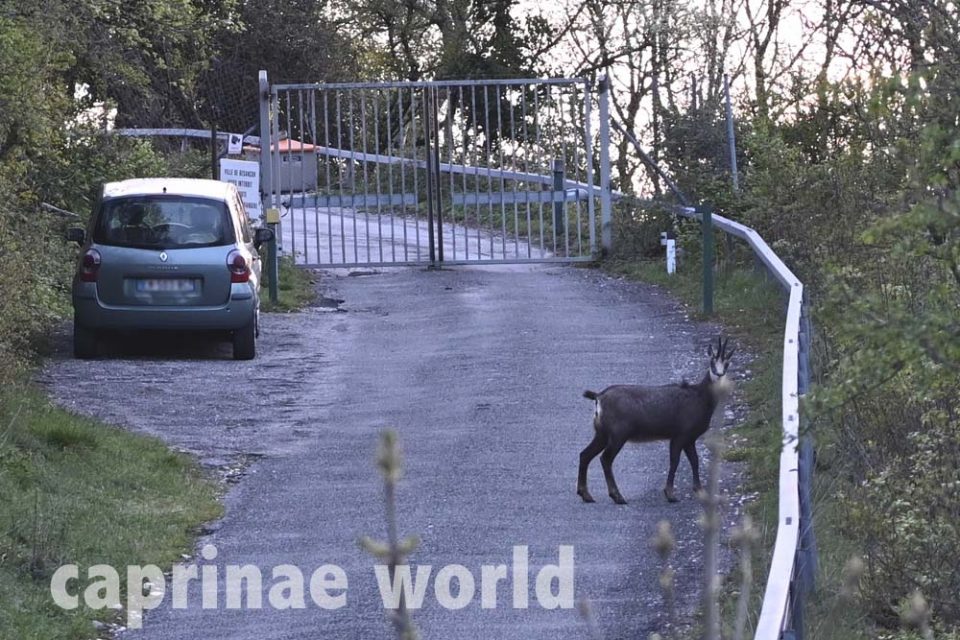
I go back to the lookout point to discover even more. I see three on the western basis of the citadelle. Across the river there is a single chamois in a garden, a roe deer feeds in a pasture nearby. Further up the slope there is a paddock with a donkey stable. At least five chamois appear on the green area and dare to approach the stable. When a donkey comes out and feigns an attack, the chamois move away with a short gallop for a few meters, but remain in the open. A little later the scene repeats. The chamois don’t seem to be too stressed by the donkey either.
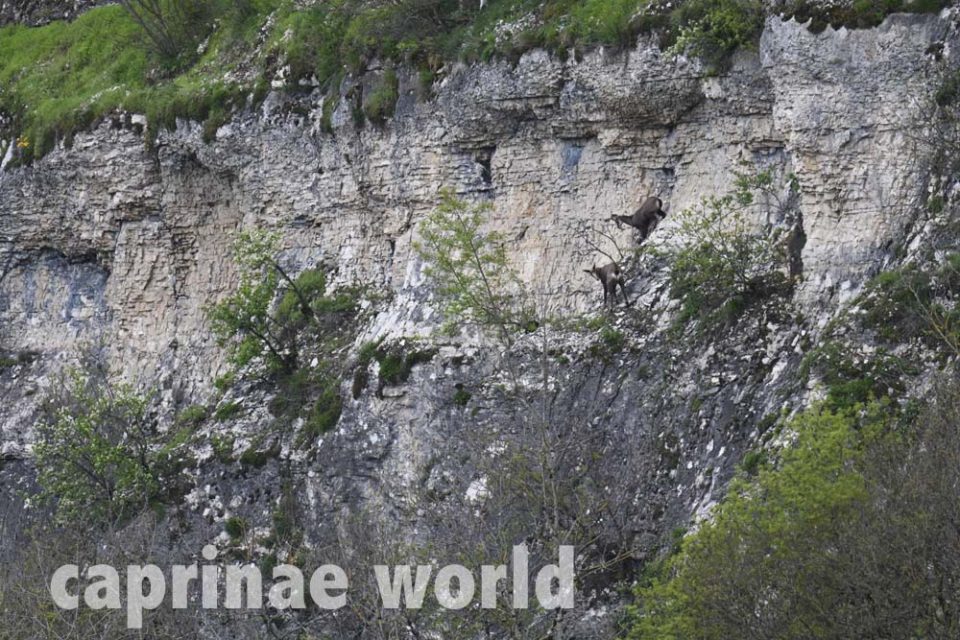
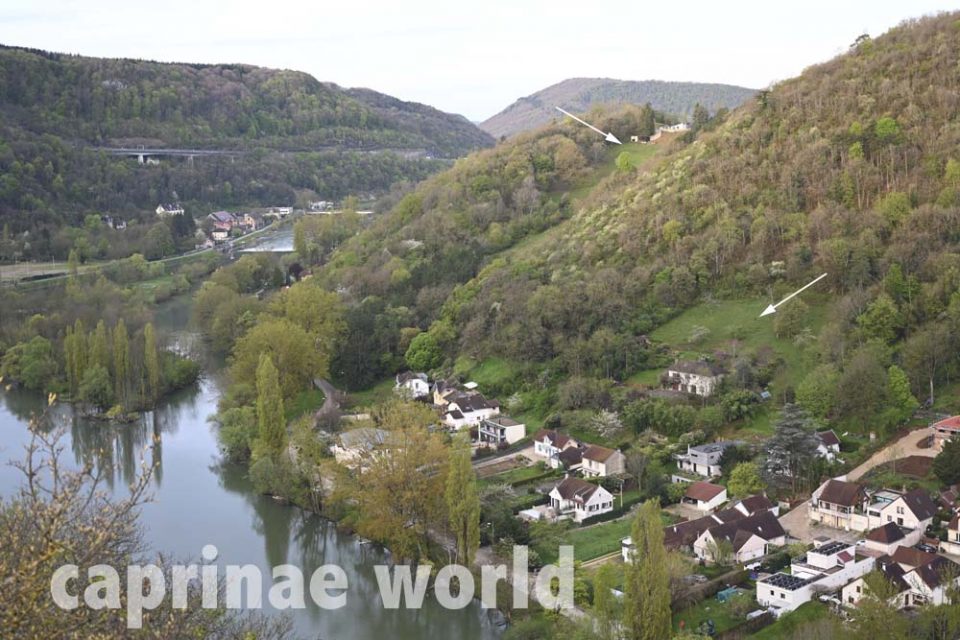
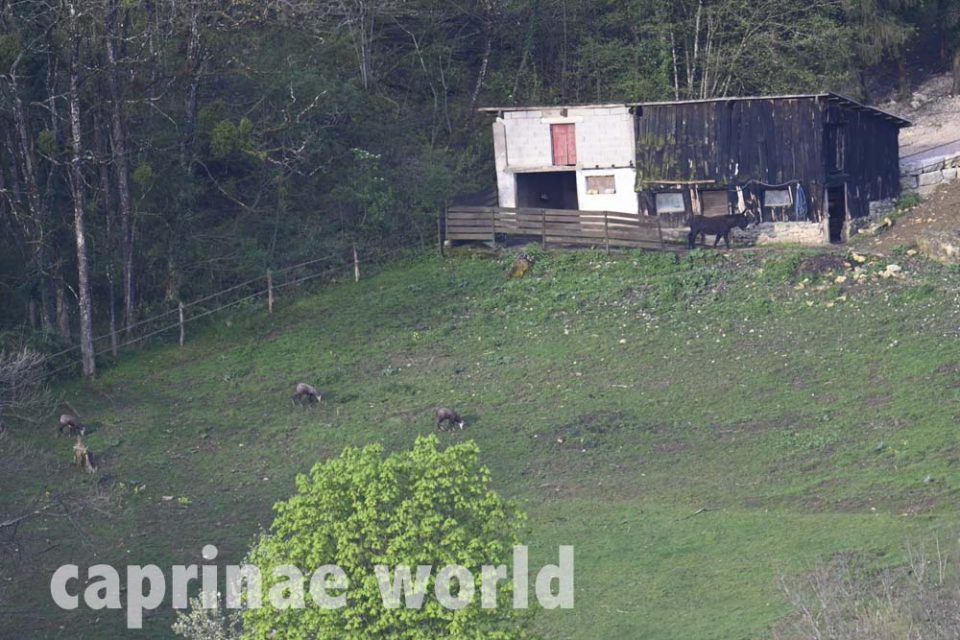
I’m out and about in the residential area again, where I meet a dog owner with two dogs who obviously doesn’t have her animals under control very well. They pull hard on the leash, and the woman struggles not to have her arm ripped out. With a gesture she apologizes for her dogs and then says that her favorites love playing with the chamois. My French isn’t good enough to figure out what „playing with chamois“ exactly means. In any case, the chamois or at least some of them seem to get along with dogs too. And of course chamois are not defenseless, as residents have already found out.
On July 15, 2020, the newspaper “Republicain Lorrain” reported an attack on a jogger. The newspaper quotes Cédric, a 45-year-old police officer, walking uphill: “I was concentrating on my effort and looked down at my sneakers. When I looked up, I found myself face to face with a chamois. It must have been five meters away from me.” The jogger therefore stops and silently observes the animal. “It looked at me and walked towards me. I found this attitude strange.”
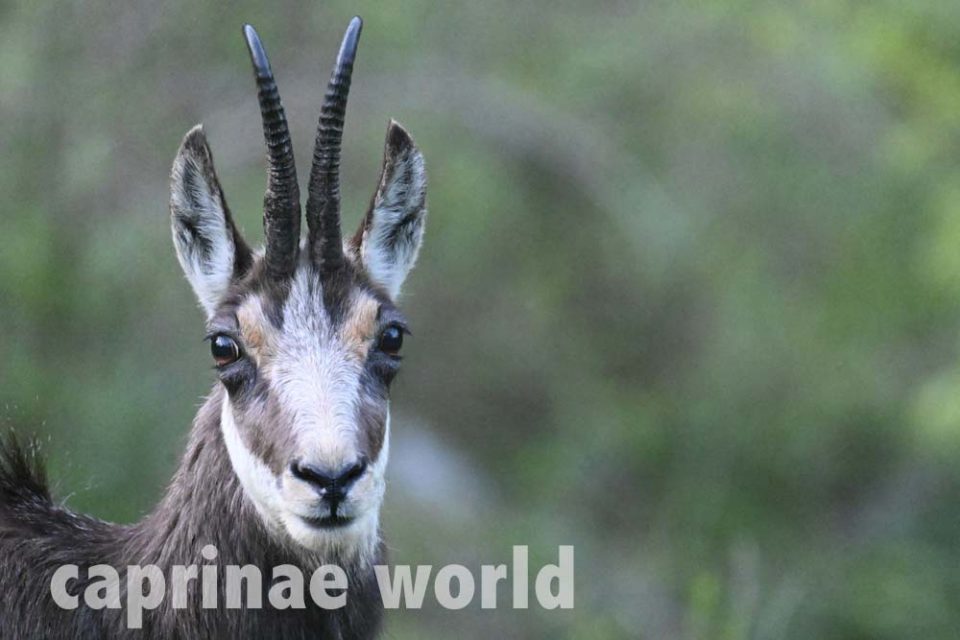
Suddenly the chamois runs towards him. At first Cédric manages to fend off the animal with his hands. But the animal doesn’t give up and repeats its attacks. “In the end I felt to the ground. No matter how much I screamed and made big gestures, it continued.“ Cédric gets up and manages to stay on his feet.
Ultimately, he owes his salvation to his level-headedness and a bottle that he carries on his back. He manages to grab the bottle and uses it to send the chamois running away. Cédric ultimately escapes with a slight scratch. He doesn’t know what motivated the animal to attack him. The “Republicain Lorrain” reports that similar attacks had already occurred in 2018.
In general, you have to ask yourself what motivates the chamois to put themselves through the stress of being near settlements with their residents and pets. Basically, one can initially assume that Besançon is located in an area that is a favorable habitat for chamois. An expanding population colonizes this habitat – regardless of whether there is stress there.
It is also conceivable that the city offers protection from enemies. Hunters‘ territories should be some distance outside the city. There are also examples around the world of ungulates that have retreated close to humans to avoid their natural predators. Tony Souvignet tells me that this strategy doesn’t quite work in Besançon.
In 2023 Stacy Girard, a colleague of Tony’s at the Besançon Zoo, manages to observe and photograph a lynx near the citadel. A killed chamois is also found later. The predator hung around the area for three nights, repeatedly feeding on its prey. But ultimately, even a lynx won’t cause too much stress to permanently drive the chamois out of Besançon.
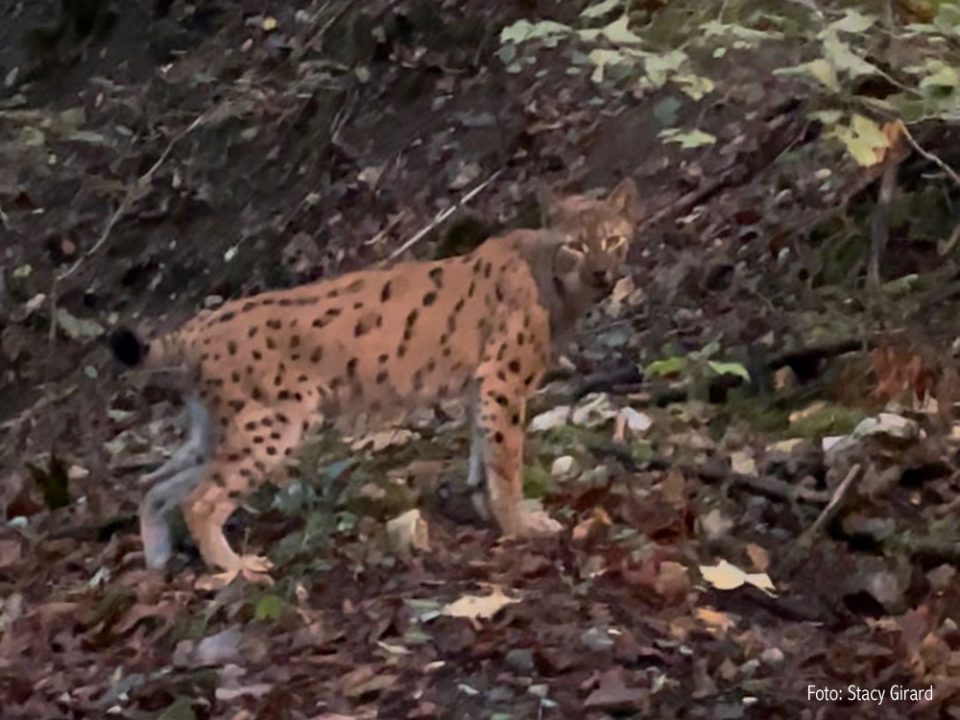
One will have to keep an eye on aggressive animals. Aggressive encounters will happen again. Wild animals that lose their fear of people react more confidently in certain situations than shy animals. We have to learn to deal with it. There are examples all over the world that this can work. Hopefully in Besançon too – and killing a repeatedly aggressive animal shouldn’t be a drama. In any case the City Chamois are definitely an enrichment for residents and visitors.
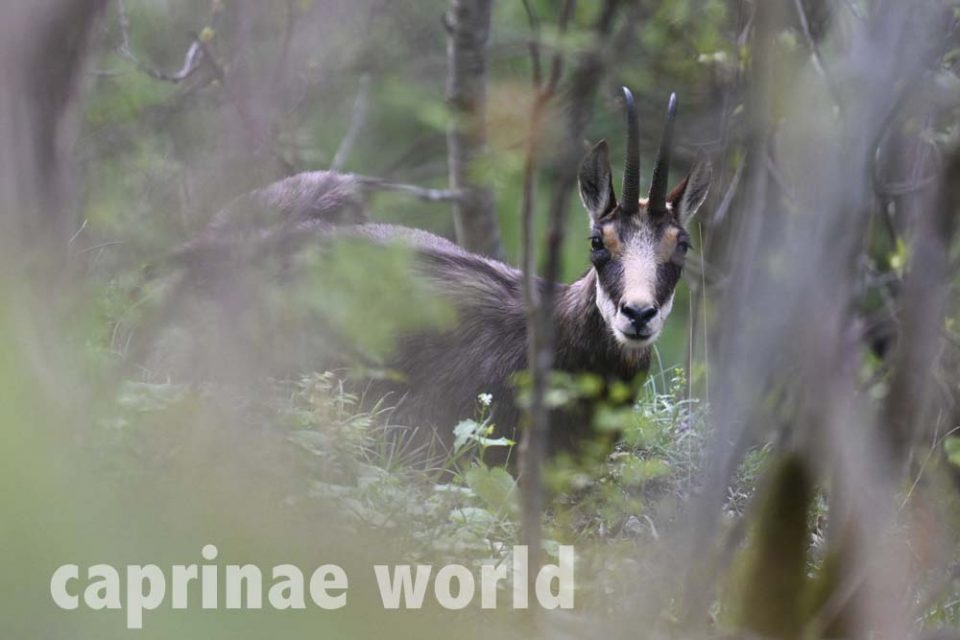
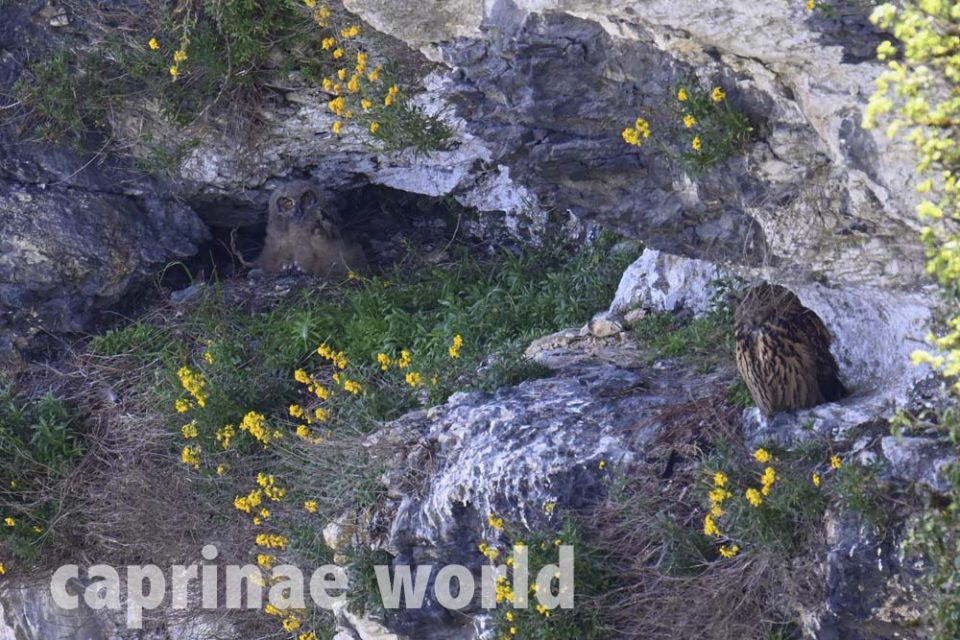

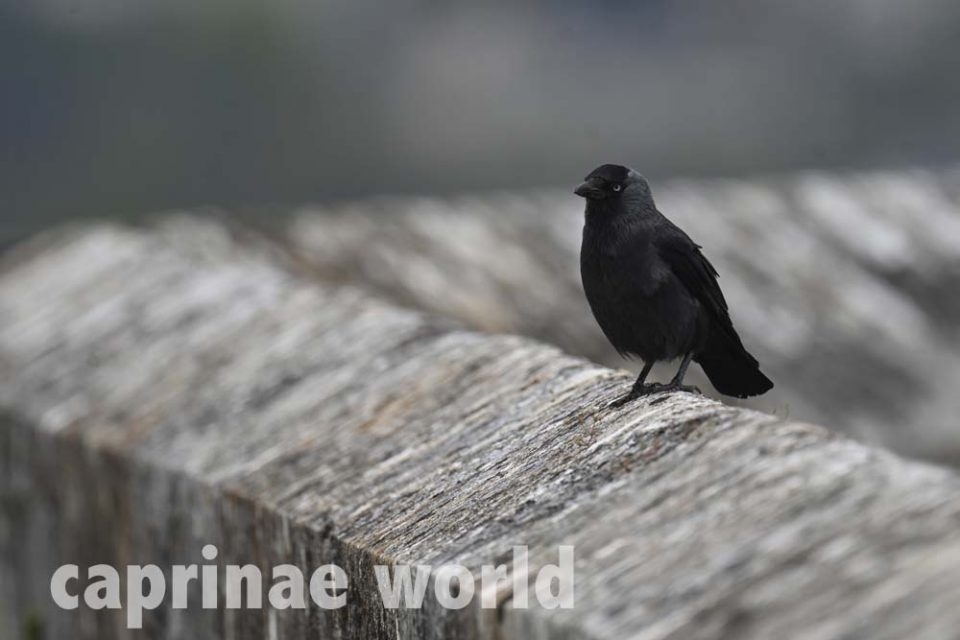

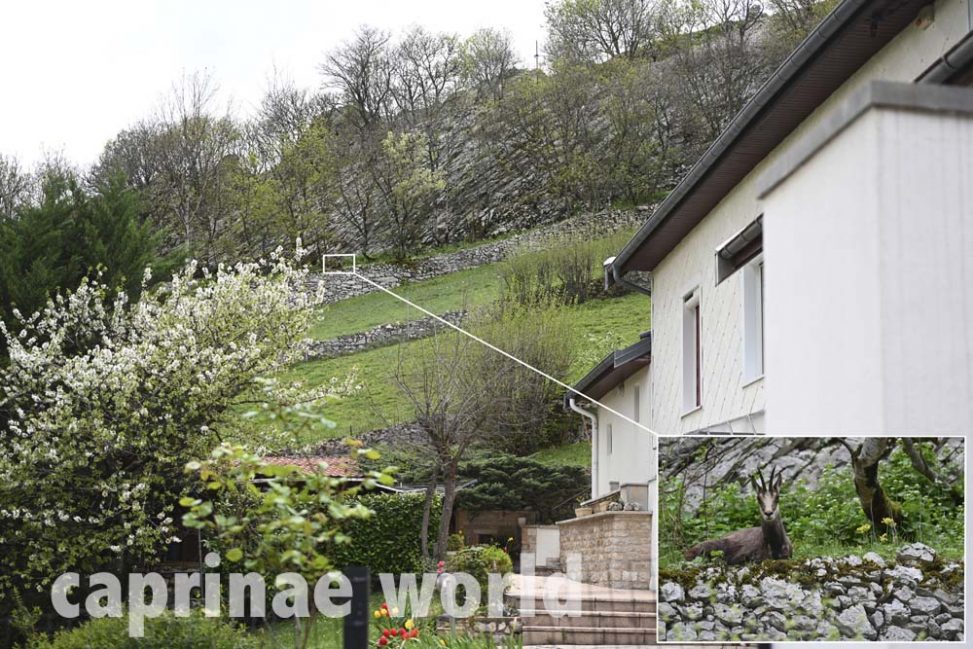
Adrian
Wir haben auch in Innsbruck, viele Gämsen in der Stadt.
Luchs haben wir aber nicht 🙁
Ralf Bürglin
Danke für den Tipp, Adrian. Dann werde ich beim nächsten Besuch in Innsbruck mal genauer gucken.